 AD
AD
Today is: August 13
Scroll to explore events active on this date.
LEEP INK FEATURES

August? Absolutely!
In August, we live through the Dog Days of Summer. It's hot and often humid, and those who can leave for better climates do. Down south, winter is in full force. August is also known as "the ...

In The Heat of July: July 2025 Events
Is it hot enough (or cold enough if you're below the equator) for you yet? There is actually a day for that! Like every month, I pick a diverse collection of events you may or may not know about. This ...

May Blooms: Events in May 2025
Along with October, May is one of the most densely packed months of the year. It's before the summer humidity and the last whole month of the school year. The weather is warming in t...
About the Islamic Year 1446
Ends: Jun 25, 2025
DESCRIPTION:
The Islamic calendar, also known as the Hijri calendar, is a lunar calendar used by Muslims to determine the dates of religious events and observances, including Ramadan, Eid al-Fitr, and Hajj. The calendar consists of 12 months, each 29 or 30 days long, and numbers 354 or 355 days a year. Unlike the solar-based Gregorian calendar, the Islamic calendar is lunar-based, with each month beginning with the sighting of the crescent moon.
The Prophet Muhammad introduced the Islamic calendar in the seventh century, and it is the official calendar in many Muslim-majority countries.
Saudi Arabia uses it for civil and financial purposes but uses the Gregorian for international business, and most Muslim-majority countries use both.
The twelve months of the Islamic Calendar are:
1. Muharram
2. Safar
3. Rabi al Awwal
4. Rabi al Thani
5. Jumada al Awwal
6. Jumada al Thani
7. Rajab
8. Shaban
9. Ramadan
10. Shawwal
11. Zul Qaadah
12. Zul Hijjah
VIDEOS
Currently, this event does not have supporting videos.
SUPPORTING DOCUMENTS
Currently, this event does not have supporting documents.
ADDITIONAL IMAGES
Currently, this event does not have supporting images.
Where would you like to go now?
 AD
AD










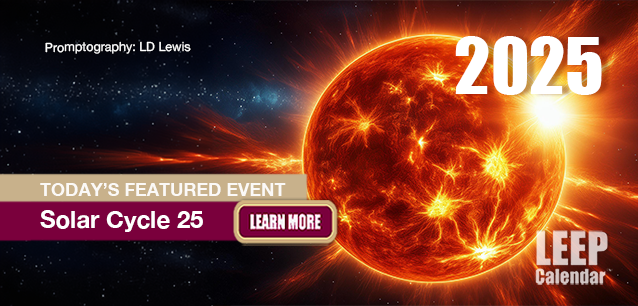

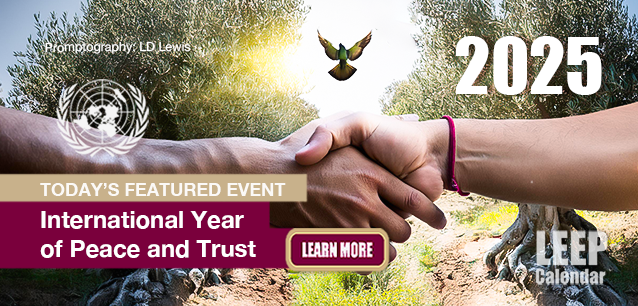

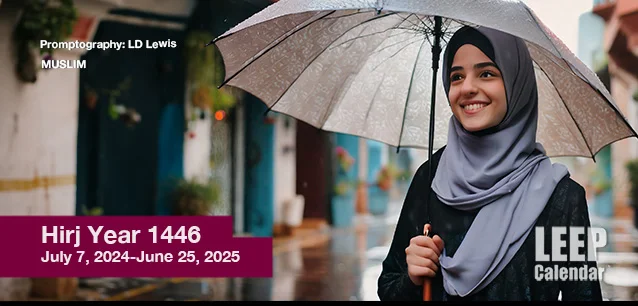


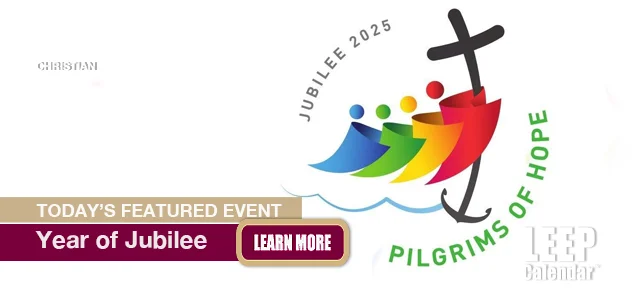

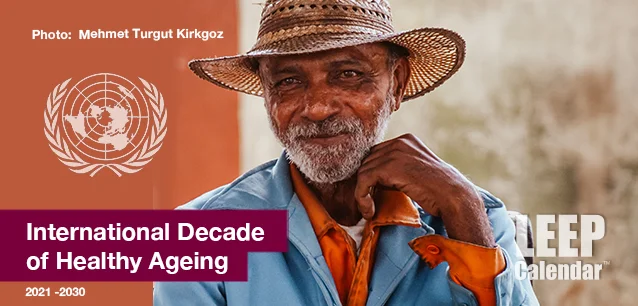


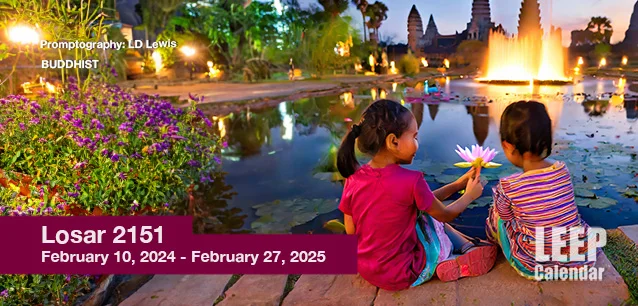



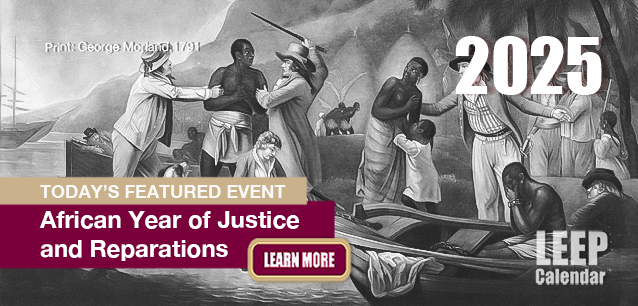






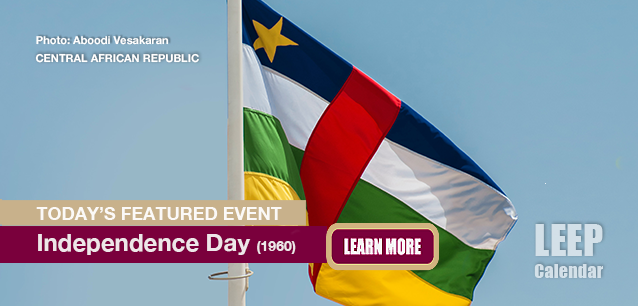








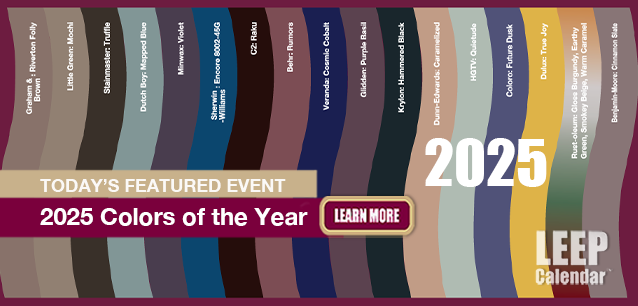




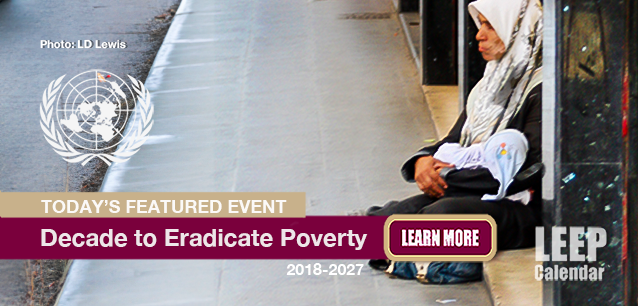
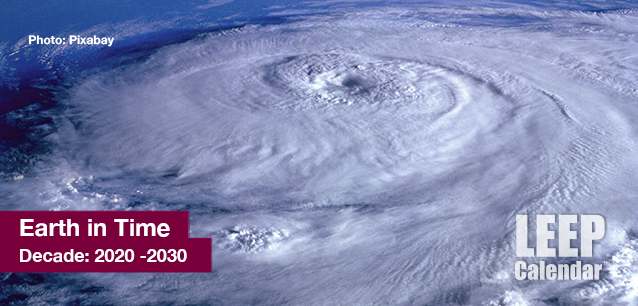


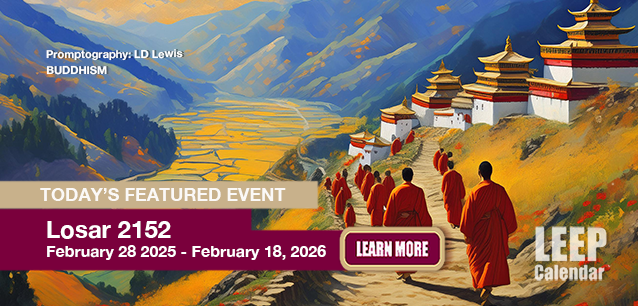



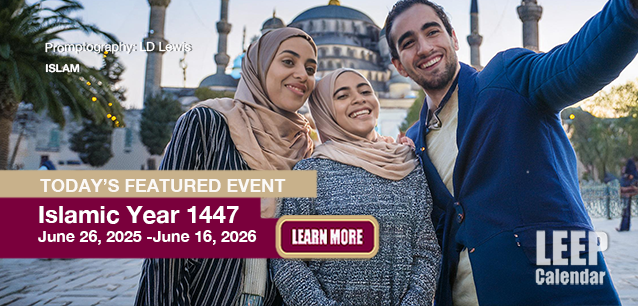


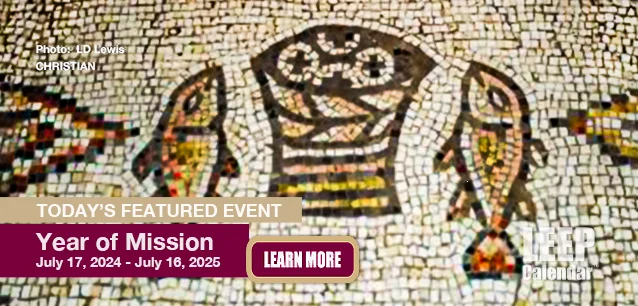

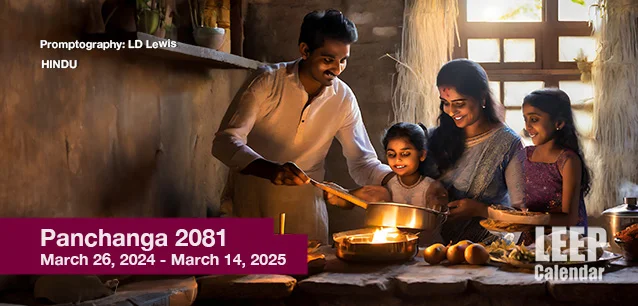
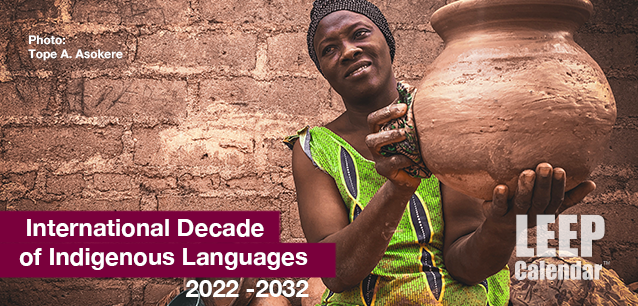


/footer-logo.svg)
